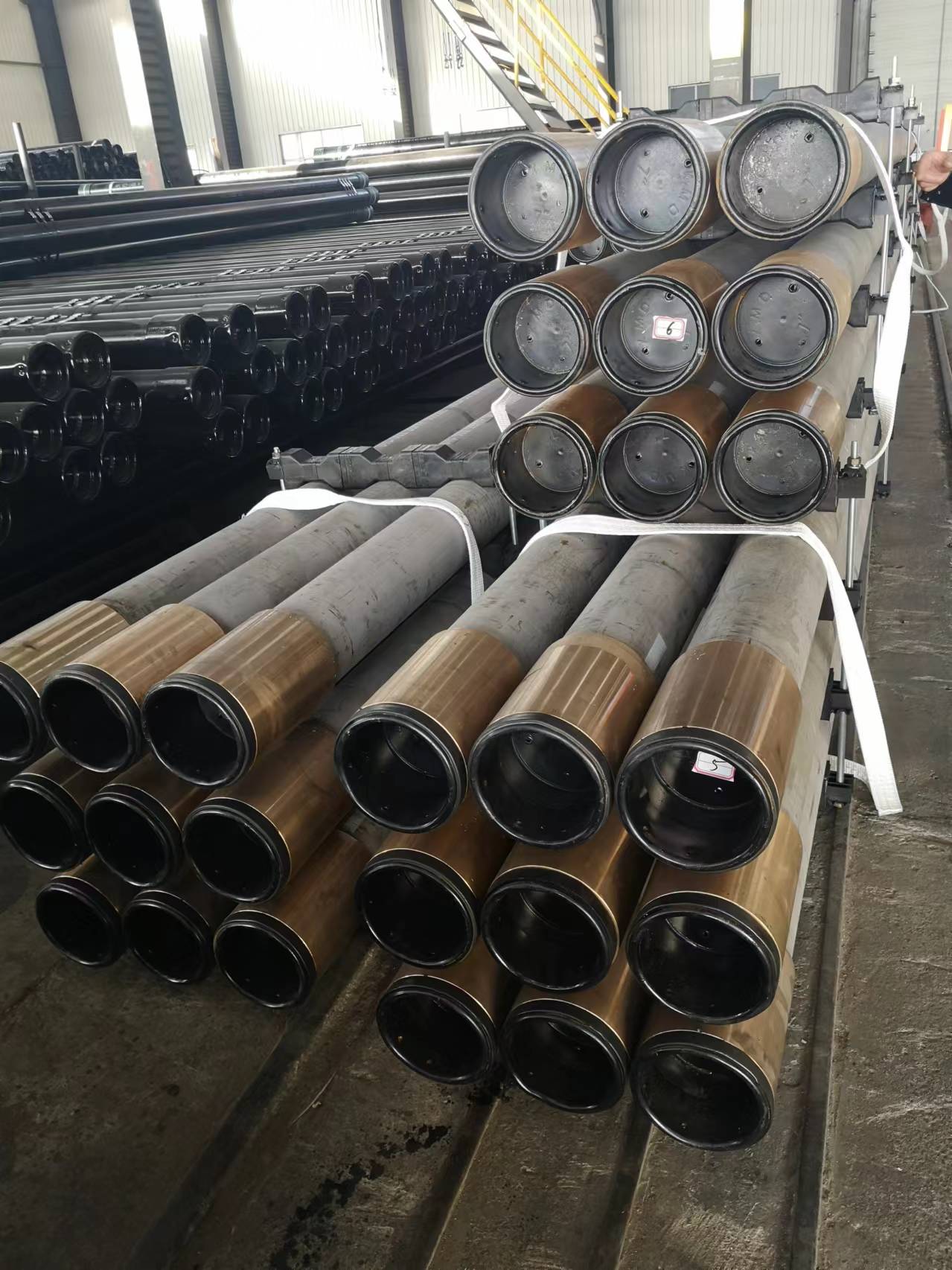- Afrikaans
- Albanian
- Amharic
- Arabic
- Armenian
- Azerbaijani
- Basque
- Belarusian
- Bengali
- Bosnian
- Bulgarian
- Catalan
- Cebuano
- Corsican
- Croatian
- Czech
- Danish
- Dutch
- English
- Esperanto
- Estonian
- Finnish
- French
- Frisian
- Galician
- Georgian
- German
- Greek
- Gujarati
- Haitian Creole
- hausa
- hawaiian
- Hebrew
- Hindi
- Miao
- Hungarian
- Icelandic
- igbo
- Indonesian
- irish
- Italian
- Japanese
- Javanese
- Kannada
- kazakh
- Khmer
- Rwandese
- Korean
- Kurdish
- Kyrgyz
- Lao
- Latin
- Latvian
- Lithuanian
- Luxembourgish
- Macedonian
- Malgashi
- Malay
- Malayalam
- Maltese
- Maori
- Marathi
- Mongolian
- Myanmar
- Nepali
- Norwegian
- Norwegian
- Occitan
- Pashto
- Persian
- Polish
- Portuguese
- Punjabi
- Romanian
- Russian
- Samoan
- Scottish Gaelic
- Serbian
- Sesotho
- Shona
- Sindhi
- Sinhala
- Slovak
- Slovenian
- Somali
- Spanish
- Sundanese
- Swahili
- Swedish
- Tagalog
- Tajik
- Tamil
- Tatar
- Telugu
- Thai
- Turkish
- Turkmen
- Ukrainian
- Urdu
- Uighur
- Uzbek
- Vietnamese
- Welsh
- Bantu
- Yiddish
- Yoruba
- Zulu
Comparing Bull Plug and Hex Plug for Optimal Performance and Applications in Plumbing
Bull Plug vs. Hex Plug A Comparative Analysis
In the world of plumbing and piping systems, the choice between different types of plugs can significantly affect both functionality and maintenance. Among the various plug types available, bull plugs and hex plugs are two commonly discussed options. Each type has its own distinct features, advantages, and applications. Understanding the differences between a bull plug and a hex plug is essential for anyone involved in plumbing, construction, or mechanical engineering.
What is a Bull Plug?
A bull plug is a type of pipe fitting that features a rounded or bull-nosed end. It is typically used to seal the end of a pipe when it is no longer in service. Bull plugs can be made from various materials, including PVC, metal, or rubber, making them suitable for a wide range of applications, from residential plumbing to industrial settings. Their design allows for easier installation since they can often be inserted with minimal tools. Bull plugs are commonly utilized in drainage systems, HVAC, and as temporary seals during construction.
What is a Hex Plug?
Hex plugs, on the other hand, are characterized by their hexagonal shape, which allows for easy gripping and tightening with a wrench. These plugs are designed to close off the ends of pipes or fittings, preventing leaks and ensuring secure connections. Hex plugs are typically made from materials such as brass, stainless steel, or plastic, and they are widely used in various mechanical, hydraulic, and pneumatic systems. The hexagonal design makes it easier to tighten or loosen the plug, offering a more secure seal compared to some other plug types.
Key Differences
bull plug vs hex plug

1. Design and Shape - The bull plug has a rounded design, which makes it simpler to install using hand tools, while the hex plug's hexagonal shape allows for the use of wrenches for a secure fit. 2. Ease of Installation - Bull plugs are generally easier to install by hand, which can save time during assembly. In contrast, hex plugs may require a wrench, making installation slightly more complex, but often leads to a more secure fit.
3. Applications - Bull plugs are often chosen for areas where ease of use is paramount, such as temporary sealing in construction or drainage systems. Hex plugs, however, are preferred in professional plumbing and industrial applications where a strong, leak-proof seal is critical.
4. Material Suitability - While both plugs can be made from multiple materials, the choice is often influenced by the application. Bull plugs, especially in residential settings, might use softer materials like PVC, whereas hex plugs in industrial scenarios often utilize more robust materials like brass or stainless steel to withstand pressure.
5. Maintenance and Removal - Bull plugs can be easier to remove manually since they do not require tools, making replacements quick and simple. Hex plugs, while providing a more secure fit, may require tools for removal, which can be inconvenient depending on the context.
Conclusion
In summary, both bull plugs and hex plugs serve essential roles in piping and plumbing systems, but their unique characteristics make them suitable for different applications. If ease of installation and removal are priorities, a bull plug may be the better choice. However, for applications requiring a secure and enduring seal, especially in critical systems, a hex plug may be preferable. Understanding these differences allows professionals to make informed decisions when it comes to materials and components in their projects. Ultimately, the best choice is dictated by specific needs, environmental factors, and the intended application, ensuring a reliable and efficient plumbing system.
-
Tubing Pup Joints: Essential Components for Oil and Gas OperationsNewsJul.10,2025
-
Pup Joints: Essential Components for Reliable Drilling OperationsNewsJul.10,2025
-
Pipe Couplings: Connecting Your World EfficientlyNewsJul.10,2025
-
Mastering Oilfield Operations with Quality Tubing and CasingNewsJul.10,2025
-
High-Quality Casing Couplings for Every NeedNewsJul.10,2025
-
Boost Your Drilling Efficiency with Premium Crossover Tools & Seating NipplesNewsJul.10,2025







